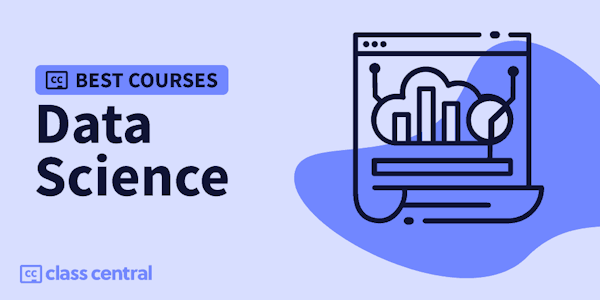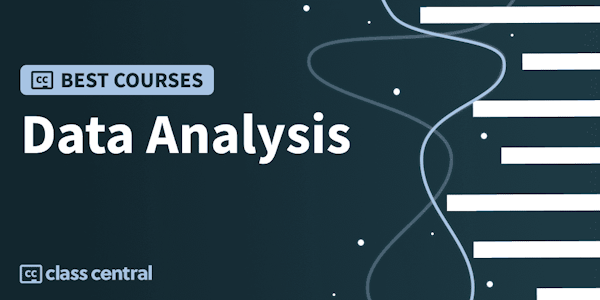Tableau was made for data science. Learn how to format and filter messy data, use Tableau for data analysis, and visualize data with maps and dashboards.
Overview
Syllabus
Introduction
- Welcome
- What you should know
- Exercise files
- Learning supports
- Discrete versus continuous
- Rows and columns
- Filters
- Colors
- Dates
- Pills: Challenge
- Pills: Solution
- Connect to data
- How to create a data extract
- Filter extract
- Extract: Challenge
- Extract: Solution
- Clean and prep your data
- Split fields
- Pivoting the data
- Merge data using unions
- Cross database joins
- Join transformations
- Join: Challenge
- Join: Solution
- Colors to highlight data
- Visual highlighter
- The Analytics pane
- Cross-database filtering
- Analytics: Challenge
- Analytics: Solution
- When to map your data
- Create new maps using MapBox
- Create custom territories
- Mapping: Challenge
- Mapping: Solution
- Create calculations based on a parameter
- Create dynamic reference lines
- Dynamic dimension and measure selector
- Dynamic sheet selection using parameters
- Top N analysis
- Parameters: Challenge
- Parameters: Solution
- Dashboard layout tips
- Layout containers
- Filter actions
- Highlight actions
- URL actions
- Formats
- Tooltips
- Device-specific dashboards
- Dashboard: Challenge
- Dashboard: Solution
- Convert strings to dates
- Calculate time durations
- Create an initial filter from a surname
- Incorporate custom geospatial data into your viz
- Convert string to dates with automatic dateparse
- Create custom joins through calculations
- Export transformed data to CSV
- Display different color legends per measure
- Change the format of fonts and lines across a workbook
- Next steps
Taught by
Matt Francis




